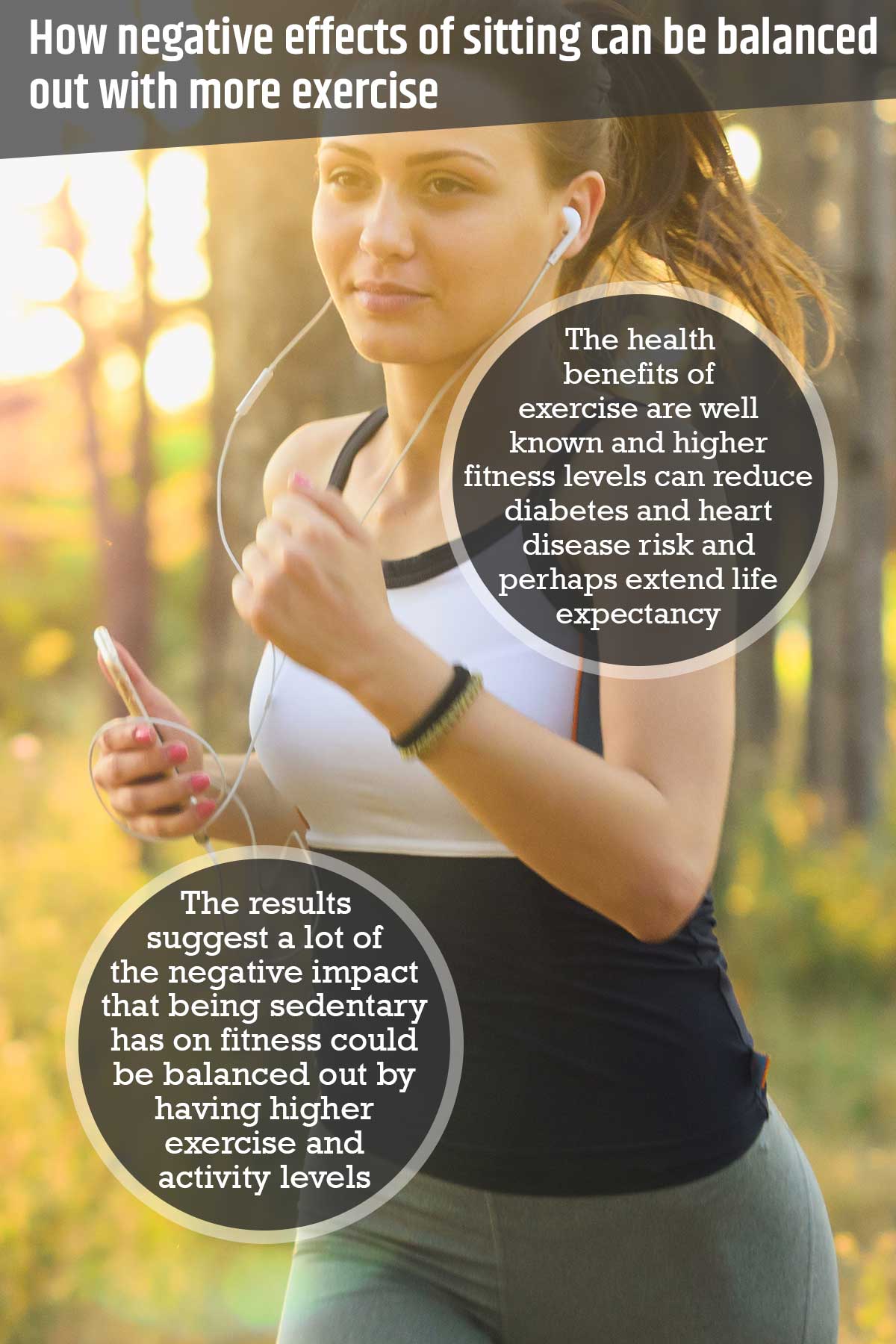The health benefits of exercise are well known and higher fitness levels can reduce diabetes and heart disease risk and perhaps extend life expectancy.
A study provides some insights as to how much and what kind of physical activity can change an individual’s level of fitness.1✅ JOURNAL REFERENCE
DOI: 10.1093/eurheartj/ehab580
Cardiorespiratory fitness or the lung and heart’s capacity to supply oxygen to the muscles of the body while engaging in physical activity was looked at in 2,070 individuals who took part in the Framingham Heart Study, which was developed for identifying factors that have an impact on cardiovascular disease.
Individuals participated in physiologic parameter tests while exercising and physical activity trackers were worn for a week at some stage, then again almost 8 years later.
The researchers discovered that individuals who had increased their steps each day, or took part in physical activity of much more moderate-to-vigorous intensity, or decreased sedentary time in between the two tests exhibited improvements in specific aspects of cardiorespiratory fitness while engaging in exercise sessions, from warm-up phase to peak exercise phase to recovery phase.
These results were mostly consistent irrespective of the individual’s baseline activity level, sex, age, weight, and heart disease risk.
For every minute that physical activity of average moderate-to-vigorous intensity was increased, more than 3 minutes of walking at an intermediate step per minute pace or 14.6 fewer sedentary time minutes would be needed for equal changes in fitness.
In addition, a 17-minute increase of physical activity of moderate-to-vigorous intensity each day, or an extra 4,312 steps each day (about 54 minutes at a pace of 80 steps per minute), or a sedentary time reduction of 249 minutes each day in between the 2 tests, corresponded with a higher peak oxygen uptake of 5%.
Individuals having a higher than average step number or a higher than average amount of physical activity of moderate-to-vigorous intensity among all of the individuals participating in the study exhibited above-average peak oxygen uptake values irrespective of the amount of sedentary time they had throughout the day.
This analysis was conducted to help understand the relative impact of changing sedentary activity, physical activity of low-level intensity, and physical activity of moderate-to-vigorous intensity on multiple aspects of exercise capacity.
The results offer individuals comparisons of how much reduction in sedentary time, walking, or exercise of moderate-to-vigorous intensity will translate to exercise capacity changes.
The most interesting discovery of the study was that people with a higher-than-average daily step number or physical activity of moderate-to-vigorous intensity had higher-than-average levels of fitness irrespective of how long their sedentary time was.
This suggests a lot of the negative impact that being sedentary has on fitness could be balanced out by having higher exercise and activity levels.



